10 Herbs For Growing, Cooking, and Drying
Using herbs in your cooking is a great way to add flavor, enhance the taste of your dishes, and, in some cases, using herbs gives your food a lot of visual appeals. We all know that when food looks good and tastes good, everyone enjoys it more.
When you master the art of using herbs, whether fresh or dried, in your recipes, you’ll always have tantalizing dishes to serve your family at every meal and your guests on special occasions.
Many cooks use fresh herbs, like parsley and mint, as a garnish to spruce up the presentation of their dishes. In this short report, we’re going to show you how to use herbs to add zest and flavor by cooking with herbs and not just using them as a garnish.
Basil – Basil is like mint and adds a clove-like flavor to your dishes. Sweet basil is most often used and is very popular in Mediterranean cooking. It works well in tomato-based products like Italian sauces, but it’s also good in pesto.
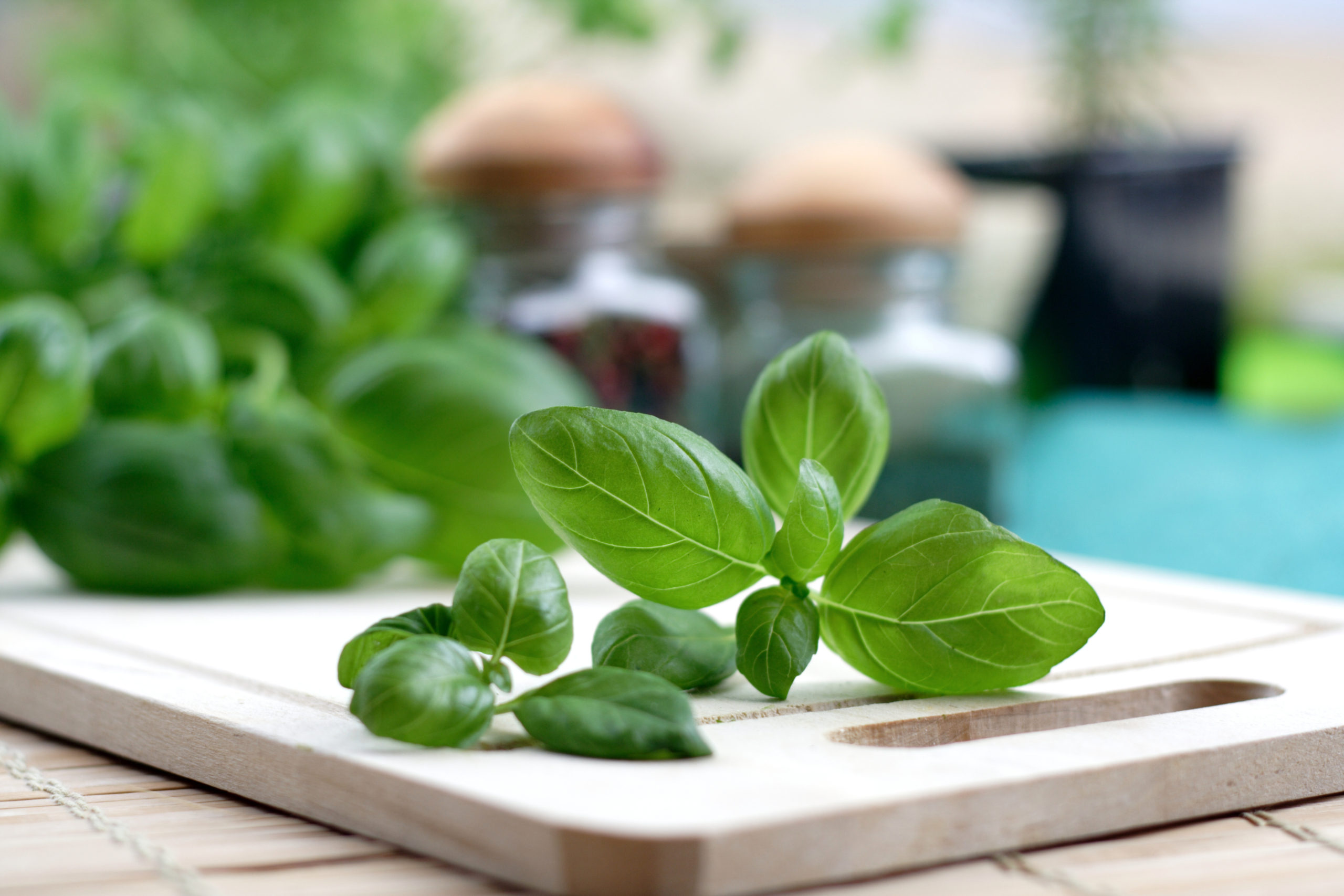
It’s good in soups and stews, of course, but don’t forget you can experiment and add a little to your grilled or seared meats. Other dishes it works great include; Caprese Salad, Bruschetta, tomato soup, curry, and marinara sauce.

Chives – Most people know chives well in dips and for adding to baked potatoes. But there is so much more you can do with chives. They are very similar to onions but don’t usually have the heat, or bite, like onions. They also look great as a garnish, either chopped up or laid in small bunches across meats and other dishes.
Chives can be used in creamy chicken dishes, in a lobster bisque, a green goddess dressing, but it also works well in many cream kinds of cheese or sour cream-based dishes. It gives added flavor to potato soup and many cooks enjoy adding it to baked goods, like crescent rolls and cheddar cheese biscuits.
Cilantro – Cilantro often goes by other names like coriander and Chinese parsley. One thing you can say about cilantro is that people either love it or hate it. Those who love it want to go overboard with using it. Those who hate it, don’t even want it in their foods and sauces at all.
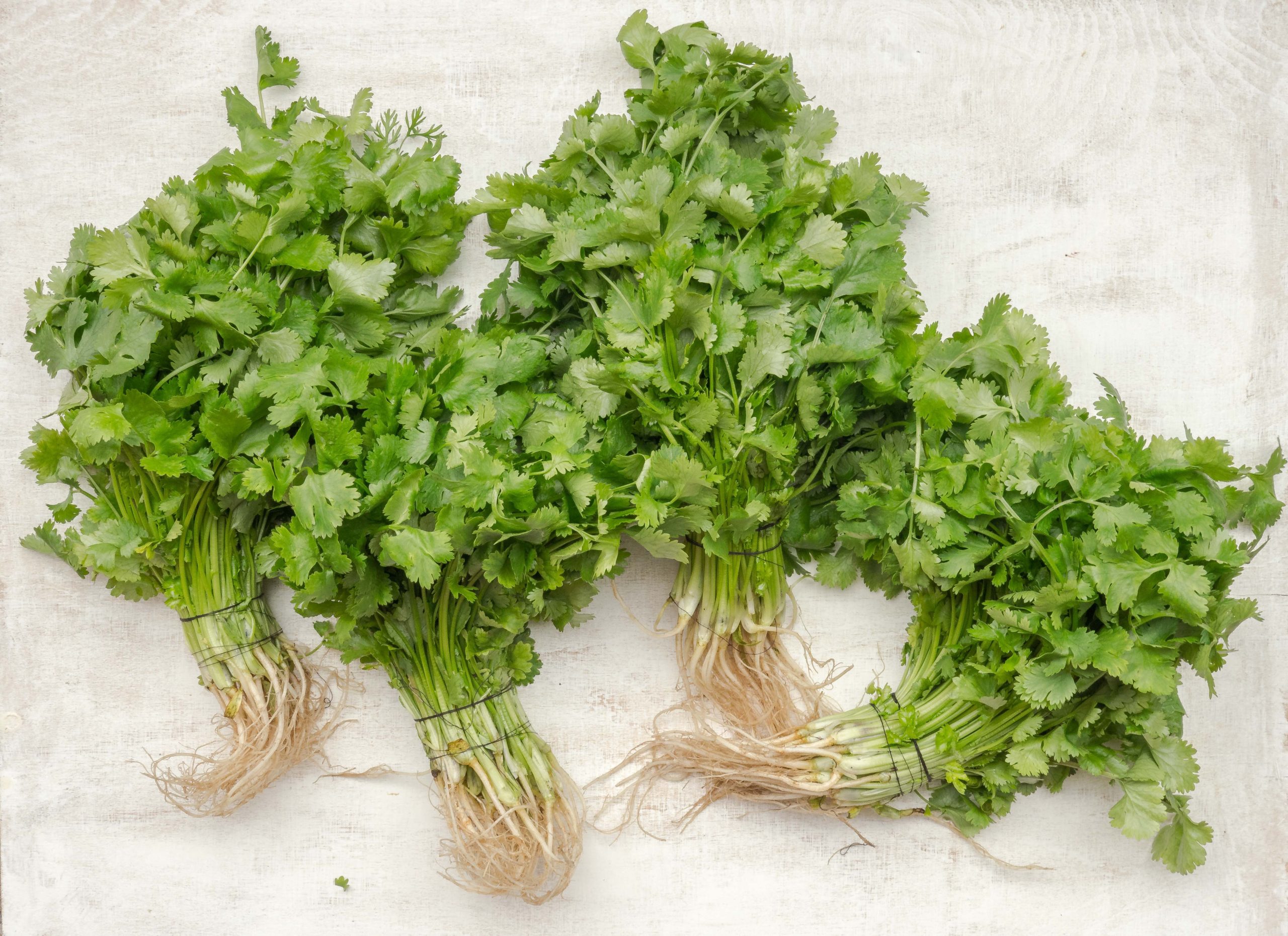
To some people, cilantro has a lemony taste, which is why they love it in salsa and other dishes. However, other people have claimed it tastes like soap or something rotten. Studies of twins have concluded that liking or disliking cilantro may be associated with genetics.
Since it is one of those herbs that can be overpowering and knowing that people either have a love or a hate relationship with it, be careful using it. You may want to experiment until you find the amount that gives added flavor but allows the other flavors in the dish to come through.
Cilantro is most often used in Mexican foods like salsa, guacamole, Pico de Gallo, and green sauce. You can generally look at the bowl of salsa on the table at a Mexican restaurant and see the cilantro leaves. However, you can use the seeds of the plant for cooking too.
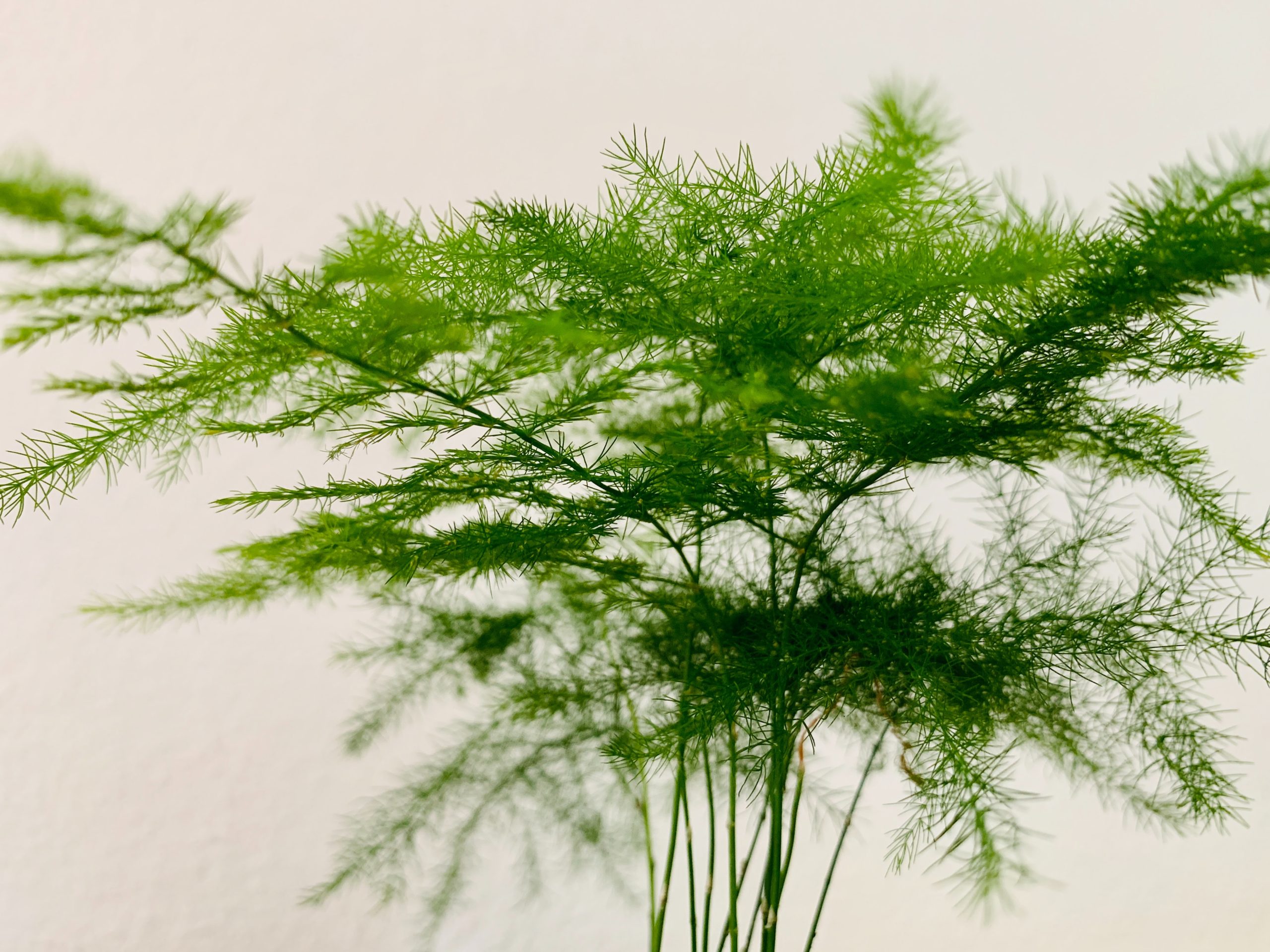
Dill – Dill is most often known for making pickles, but people have discovered that it adds a nice flavor to many dishes.
It’s most often used on grilled fish, but it can be added to soups, scrambled eggs, and potatoes.
Other people like to add it to egg or tuna salad to add some extra flavor to their sandwiches. It is one of those herbs that you probably need to acquire a taste for, especially for something other than pickles, but the health benefits of this herb need to be considered. Try adding small amounts of fresh dill to some of your favorite dishes to see if you like it. If you can’t find any combination you like, at least try it on grilled fish.
Parsley – Parsley has been mostly used for a garnish. Many people set it aside on their plates and never give it a second thought. That’s a shame because parsley adds a nice flavor to eggs and potato dishes. Europeans use it heartily in many dishes.
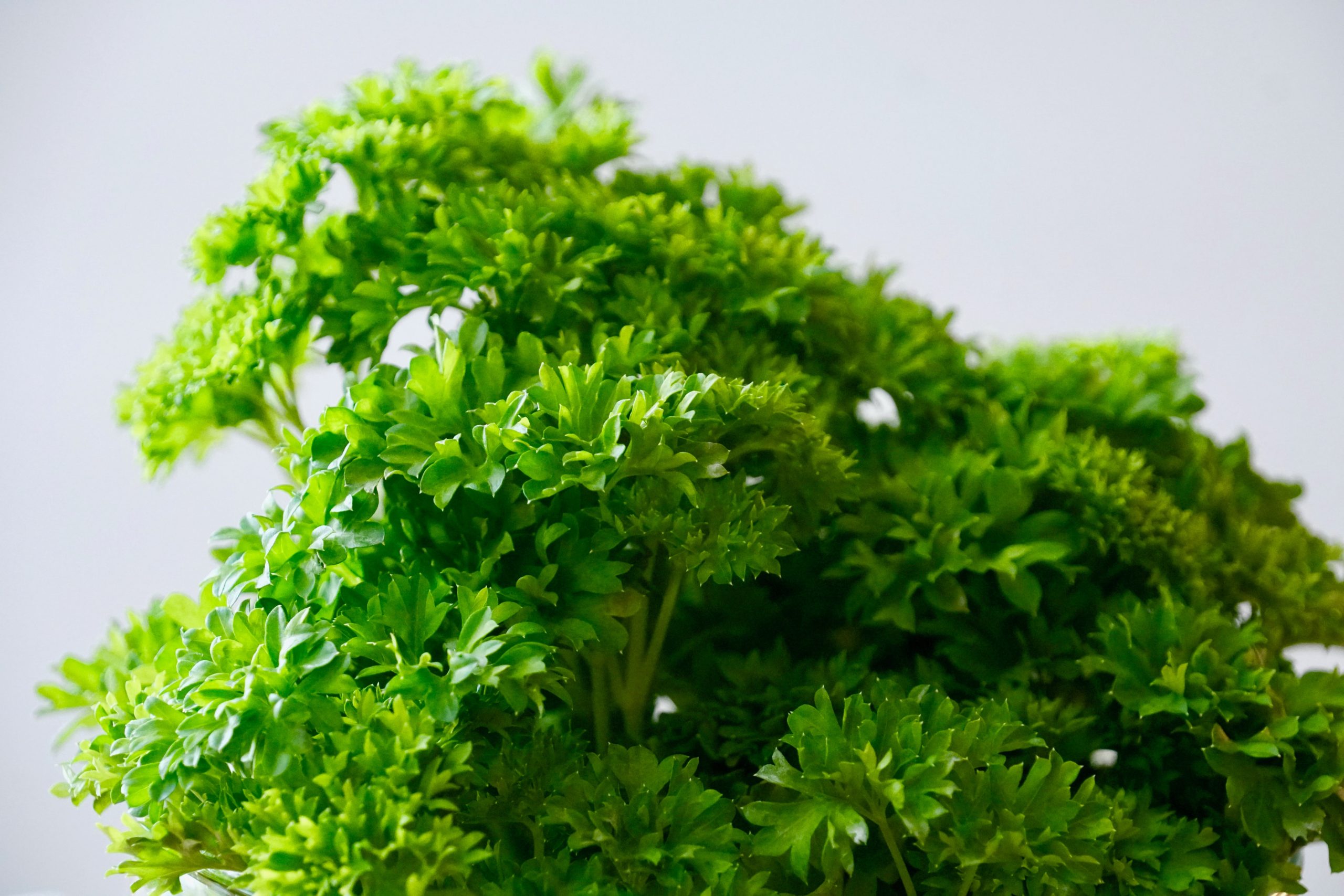
Not only does it add flavor, but it has a lot of healthy goodness in it too. It is wonderful in meat dishes, soups, stews, casseroles, and salads. Try adding a handful to your next garden salad.
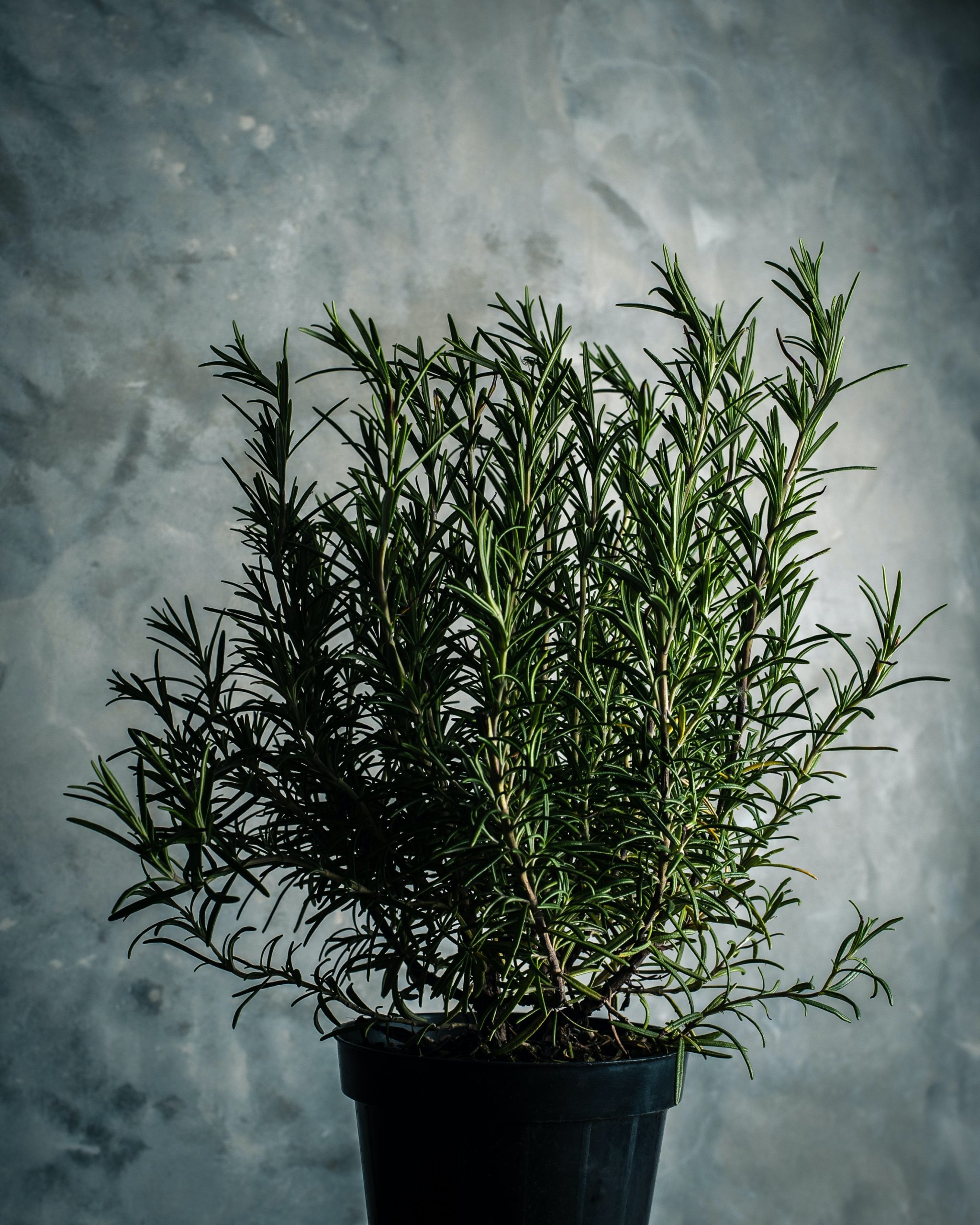
Rosemary – Rosemary has a woodsy or citrus flavor, like pine needles. In fact, it also looks like pine needles. It is used in Mediterranean dishes and infused with balsamic vinegar for drizzling over salads. In small amounts, it adds flavor to your dishes and has some health benefits. However, this is one herb that you don’t want to ingest large quantities of as it can have some adverse effects in large doses. It is good on grilled fish and salmon. Add a bit of lemon and you have a nice zesty flavor that bursts in your mouth.
Sage – Most people are familiar with sage during the holidays. Many cooks will not serve stuffing or dressing (if you’re from the south) without a good amount of sage in the dish. But the holidays aren’t the only time it’s a good herb to use. It’s also wonderful to add to cornmeal breading for frying fish. It also has a lot of health benefits when used as a tea.

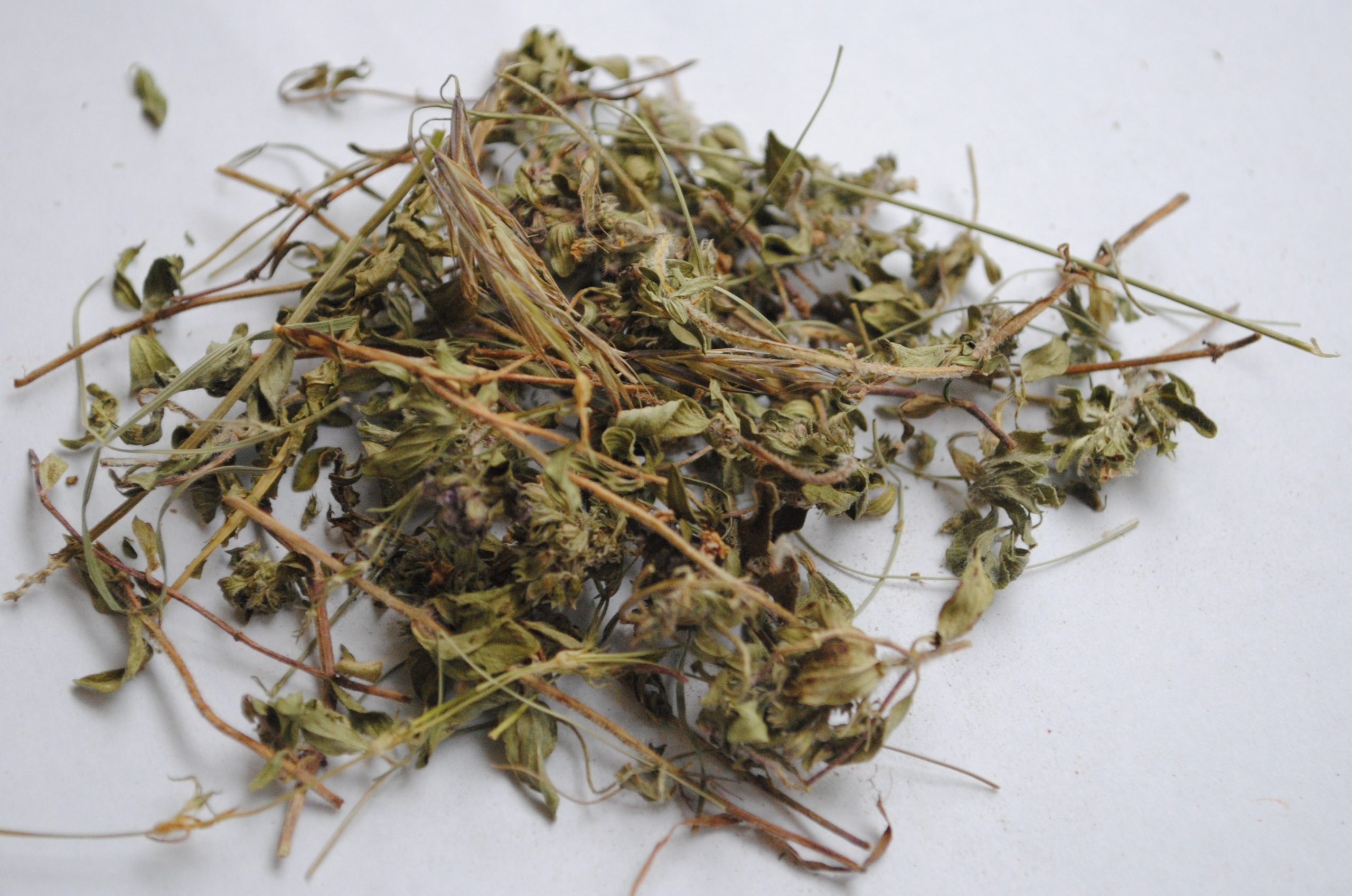
Thyme – Thyme offers a woodsy or earth flavor to foods and is used in many Mediterranean dishes. It’s a part of the mint family and can be robust. As an aromatic herb, it also adds a wonderful smell when added to your dishes.
It’s good in soups and stews, but it’s also used in meat and potato dishes. It is most often used in pasta sauces because it blends well with oregano and other Italian and Mediterranean herbs.
Mint – Minty offers a zing that is fresh and tasty. It is most popular paired with chocolate these days, but it is also good in teas. It has some awesome health benefits, as well. Add it to your morning smoothies. It not only has a fresh taste, but it can leave your mouth feeling fresh and offers a lot of digestive benefits too. Add some to your pasta sauces for a fresh new taste.
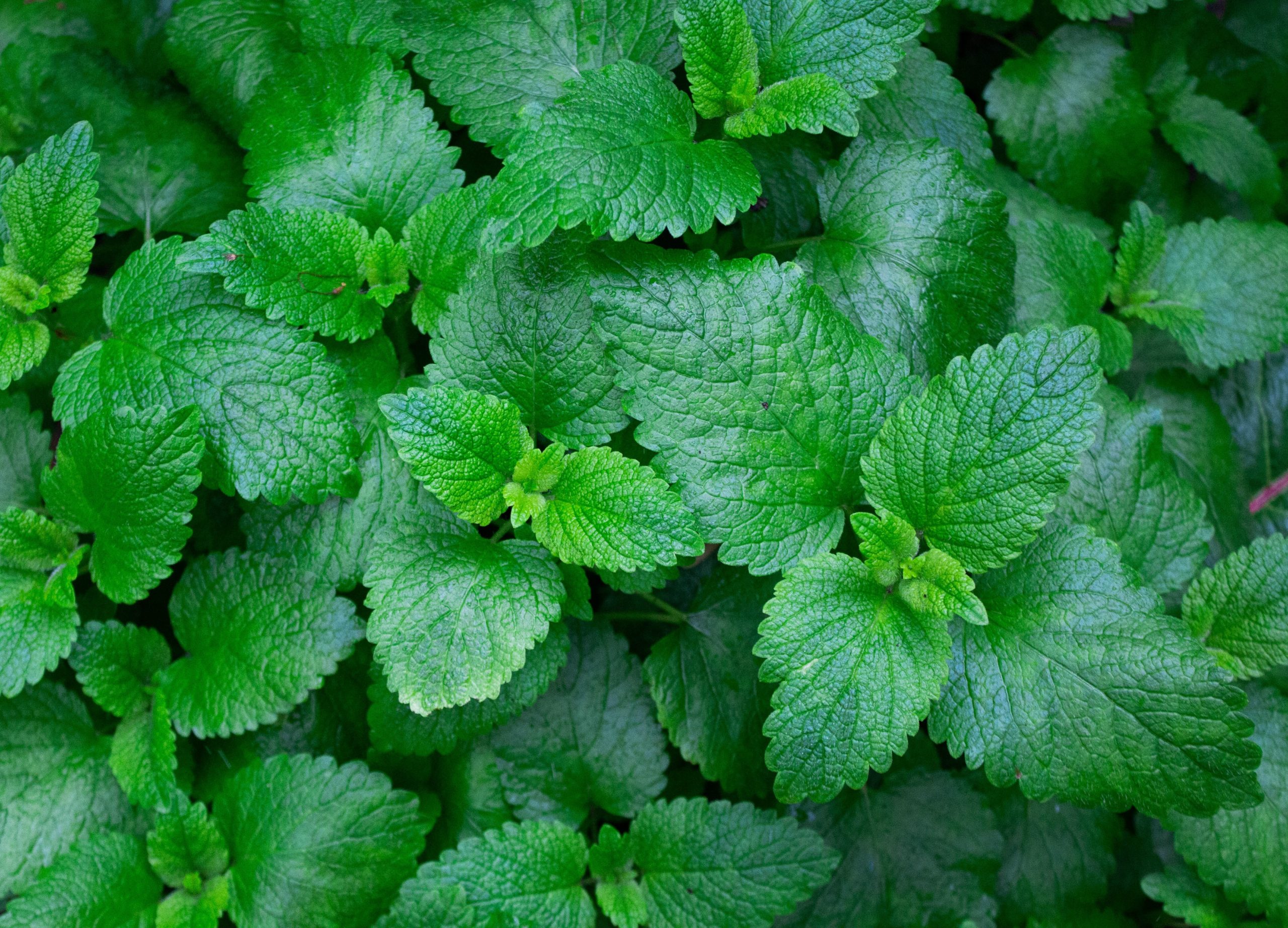

Oregano – Oregano is widely known in Italian cuisine. It’s the most definitive flavor of pasta dishes like spaghetti and lasagna. It can also overpower other herbs, so you want to get a nice blend without going overboard. It is slightly bitter, and as I said, can be overpowering at times, but a batch of spaghetti sauce would not be the same without it.
HOW AND WHEN TO USE FRESH HERBS
If you grow your own herbs, you will always have an abundance of fresh herbs. Fresh are the best for getting the health benefits out of herbs, but if your plants grow well, you will want to dry some for later use.
Many recipes call for the use of fresh herbs. If you can’t find fresh herbs in your area or don’t have your own herb garden, then using dried herbs is best. However, be sure to add small amounts at a time. Dried herbs can be more potent. The last thing you want to do is ruin a wonderful dish by adding too much of an overpowering herb.
Fresh herbs are often used at the end of the cooking cycle and added just a few minutes before time to serve. Since they are fresh, they will readily leach their flavor into the dish. Also, using fresh herbs adds visual appeal so you don’t want them to look overly soggy in some dishes. You want the look of freshness.
Dried herbs, on the other hand should be added earlier on so they have time to rehydrate and release their flavor. Fresh herbs can be cut or chopped with a knife, but in some situations, you may want to use a mortar and pestle. You can also use this for dried herbs to crush them a bit more, so they start releasing their flavor and aroma.
STORING FRESH HERBS
If you’re growing your own herbs, it’s best to use them straight from the plant. However, if you’re herbs are growing well, you will want to keep them pruned and consider drying the bulk of your herbs. Dried herbs add a slightly different flavor to foods than fresh.
To store fresh herbs for a few days, you need to know about the herb you want to store, but a good rule of thumb is to rinse the herbs and towel dry them before storing. Some fresh herbs can be placed into zipper sealed bags and will keep well. With others, you may need to wrap some paper towels around them before placing them into the bags. Always do an online search for specific herbs to learn the best ways they can be stored fresh, or the best way to dry them if you want to have dried herbs on hand.
HOW TO USE DRIED HERBS IF YOU DON’T HAVE FRESH
Sometimes you just don’t have fresh herbs around, so you’ll want to substitute with dried herbs instead. A good rule of thumb is to use a third of the number of dried herbs. For example, if a recipe calls for a tablespoon of fresh herb, you’ll want to use a teaspoon of dried herb.
As with any meal you cook, taste tests are highly recommended, so add a little dried herb and give it a taste test after a few minutes. Keep doing this until you reach the desired flavor.
With many dried herbs, you’ll want to crush them in the palm of your hand before adding them to your dishes or use a mortar and pestle like mentioned above.
MAKING HERBED BUTTERS
Making herbed butter can be an easy task. If you love butter and herbs on your side dishes or spreading them onto bread, making your own is a great idea.
You can make your own dill butter, chive butter, etc. You can use any of the fresh herbs you like. For general herbed butter that you’ll use often, you can buy some small tubs of butter. Let them sit out long enough to soften and add in a nice number of fresh herbs of your choice.
Simply mix well and place in the fridge for daily use. Be sure to label them appropriately. Making herbed butter is something you can get creative with if you’re serving guests and want to impress them.
All you’ll need is some flexible candy molds to create single-serve shapes of herbed butter. Like before you’ll soften your butter or soften herbed butter you’ve already created and spread into flexible candy molds to make shapes. Once the molds are full, you’ll chill them well and pop them out a few minutes before you serve your guests.
With flexible candy molds, this is an easy task and your guests will rave about how nice the shapes look. You can find a ton of designs online. They are inexpensive and will last for years.
Sign up and receive a list of herbs that you can enjoy growing, cooking with, and drying for later use. I’ve also listed a short description of each herb and a few dishes that they can enhance. You will also receive ” Herb Jar Labels”

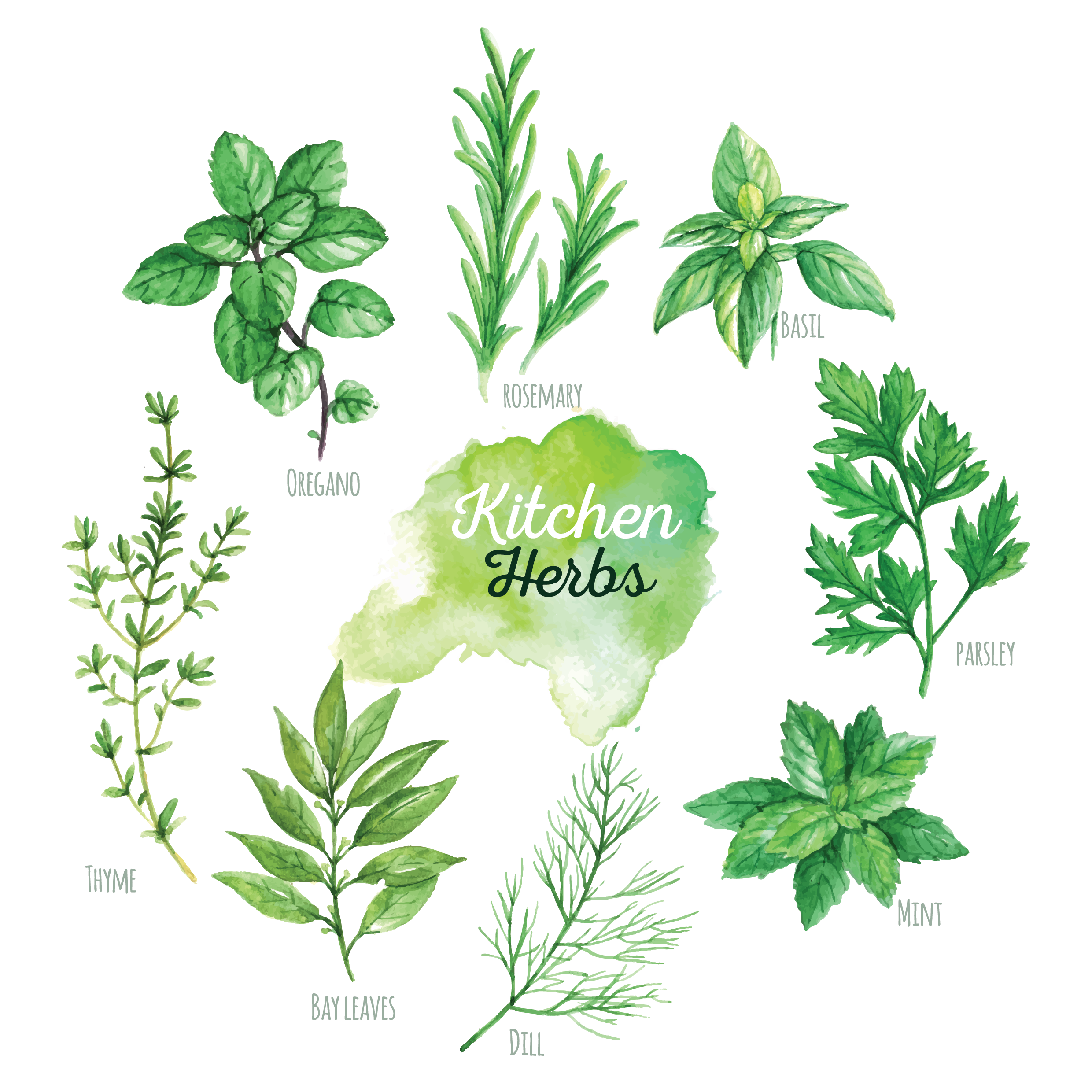
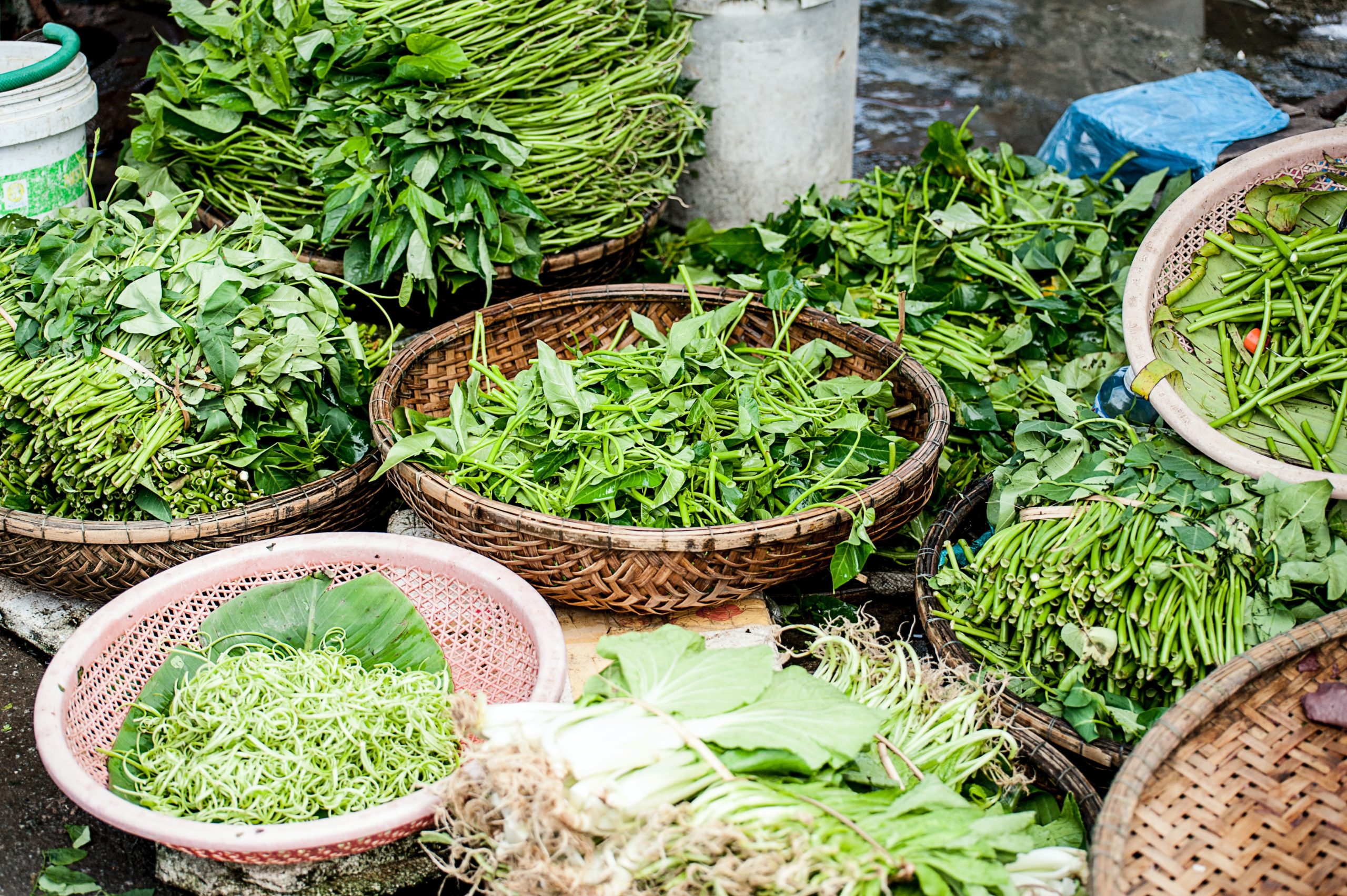
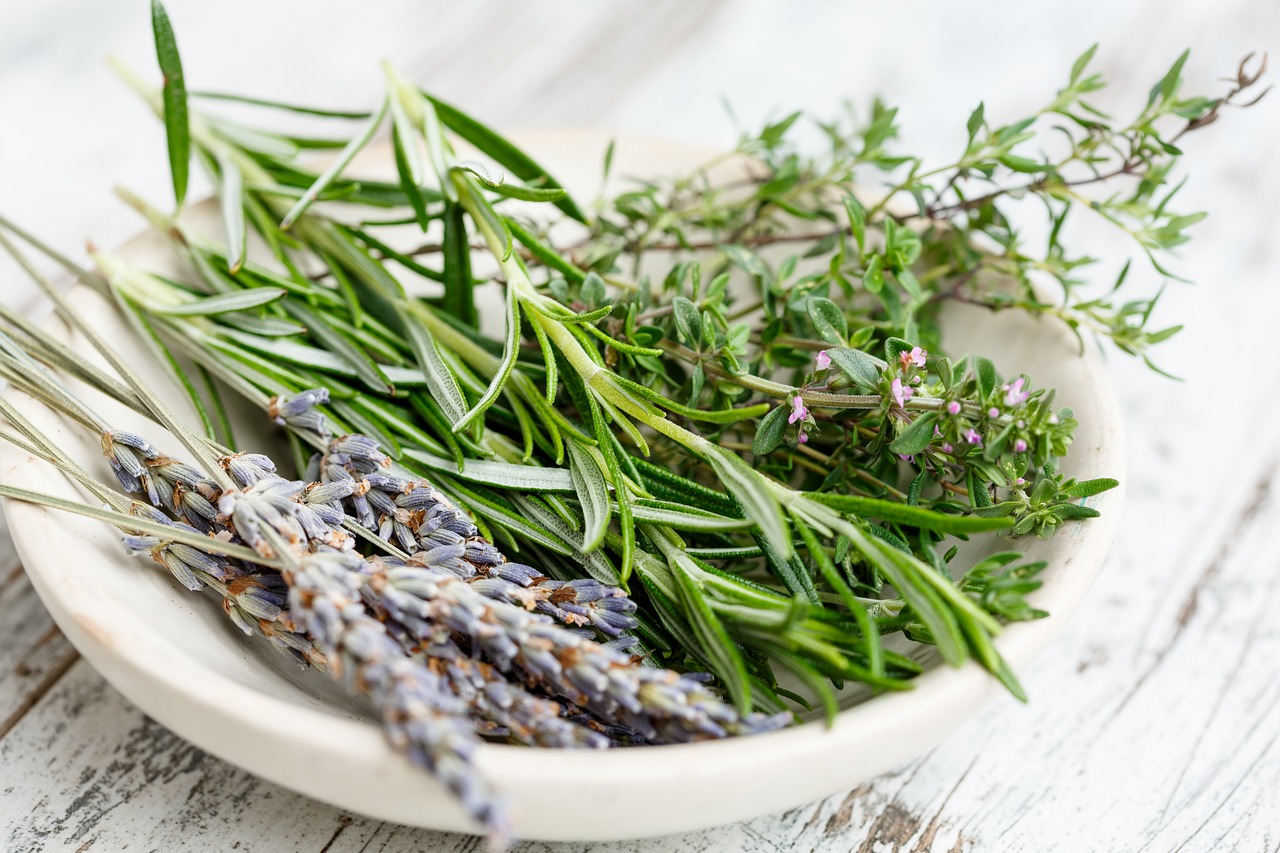
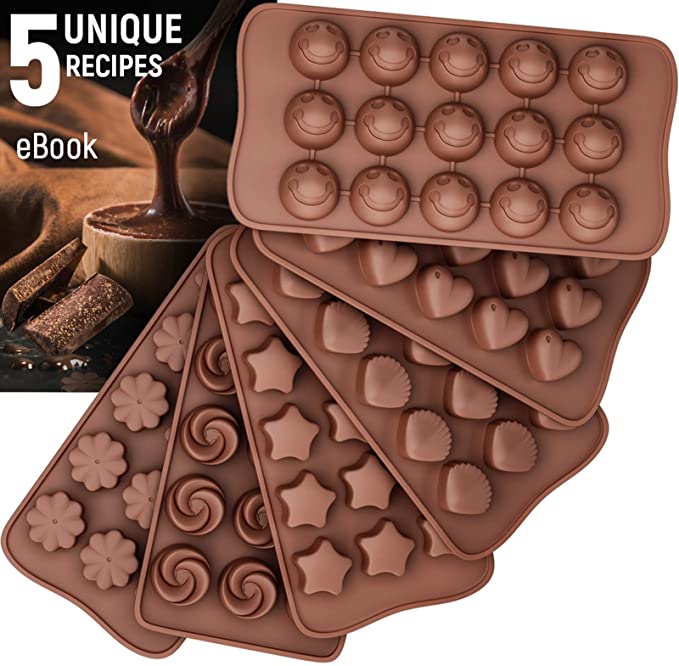
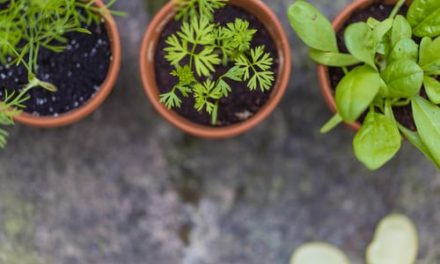
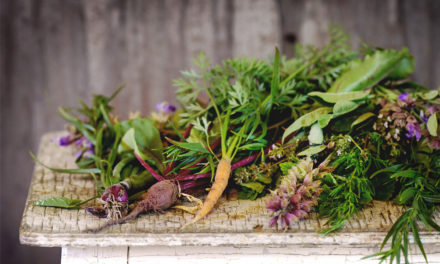
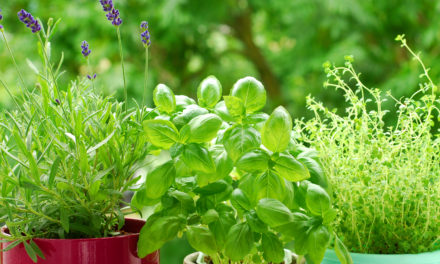
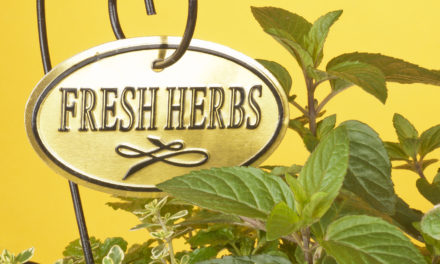
Hi there! I know this is kinda off topic however , I’d
figured I’d ask. Would you be interested in exchanging links or maybe guest writing a blog article or
vice-versa? My blog covers a lot of the same subjects as yours and I feel we could greatly benefit from each other.
If you might be interested feel free to shoot me an email.
I look forward to hearing from you! Fantastic blog
by the way!
Keep on working, great job!